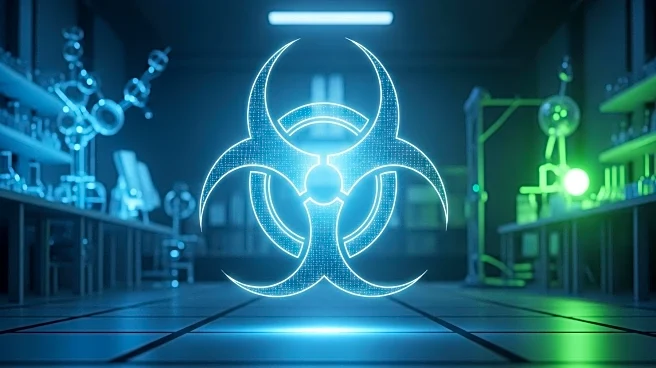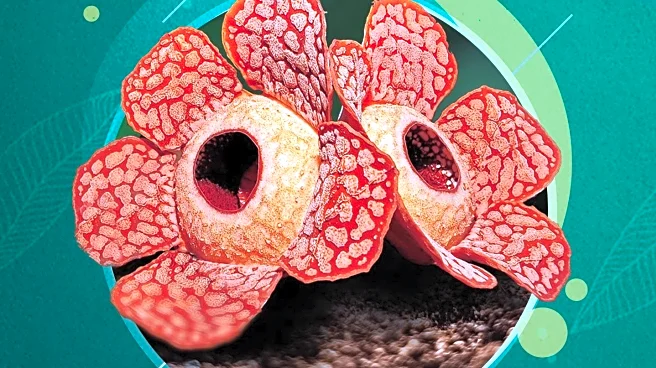What's Happening?
Research has identified SUMO2 lactylation as a mechanism that counteracts ferroptosis by enhancing ACSL4 degradation in lung adenocarcinoma. The study found that SUMO2 expression correlates with cellular stress response, and its lactylation increases under ferroptotic conditions. This modification leads to ACSL4 degradation, reducing lipid peroxidation and ferroptosis. The findings suggest that targeting SUMO2 lactylation could be a potential therapeutic strategy in lung adenocarcinoma.
Why It's Important?
Ferroptosis is a form of cell death associated with lipid peroxidation, and its regulation is crucial for cancer treatment. The identification of SUMO2 lactylation as a counteracting mechanism provides new insights into ferroptosis regulation. By targeting this pathway, researchers may develop strategies to enhance ferroptosis in cancer cells, potentially improving treatment outcomes and reducing tumor growth.
What's Next?
Future research may focus on developing drugs that modulate SUMO2 lactylation to enhance ferroptosis in lung adenocarcinoma. Clinical trials could explore the efficacy of these drugs in reducing tumor growth and improving patient outcomes. Additionally, studies may investigate the broader implications of SUMO2 lactylation in other types of cancer.
Beyond the Headlines
The study highlights the complex interplay between post-translational modifications and cell death regulation. The role of SUMO2 lactylation in counteracting ferroptosis underscores the need for a deeper understanding of cellular stress responses in cancer treatment. These findings could influence future research on therapeutic interventions in oncology.











